PACKING LIST
Suggestions for your hiking packing list
Crossover Peru » Packing List
Here your packing list, and go over what is helpful, and what is a waste of money and backpack space.
Now we show you the packaging list do you need for all treks in Perú, things like sleeping bags, shoes, t-shirts, and more.
Documents

Passport ORIGINAL
Your passport is needed to enter Peru, and there is also an official government checkpoint at the trailhead that checks regulations to enforce limits on the number of visitors allowed to walk the trail per day, and all foreigners who start a trek they must show their passport. That also applies to all the important tourist places like Machu Picchu. Verify the exact details of the entrance tickets with your passport
Doufle bag and Backpack
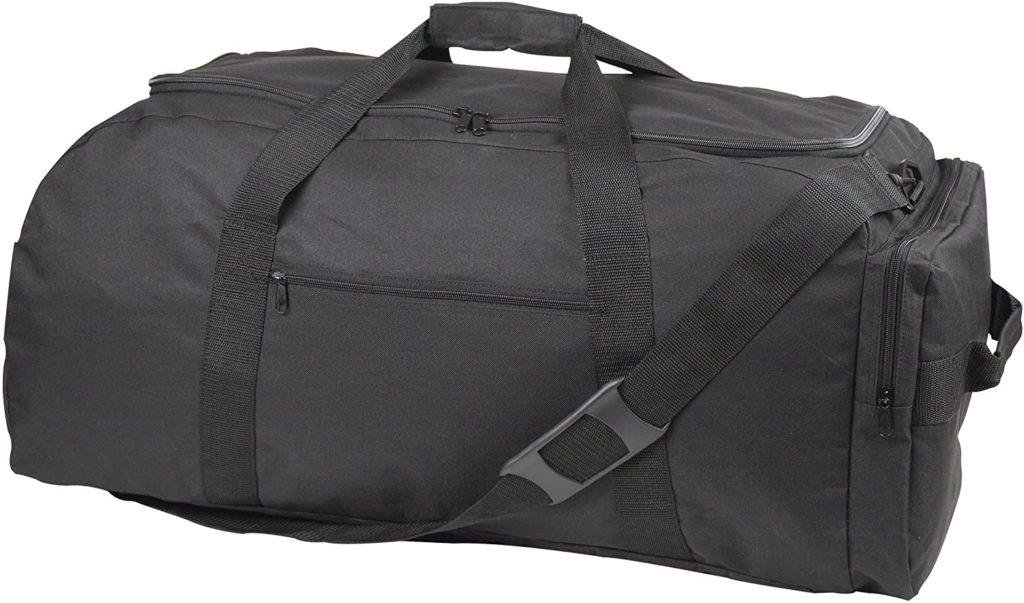
Duffle bag
The night before you start your trek or at the briefing, we will give you a small duffel bag to pack your clothes and other items for the trek.
We will carry your canvas bag for you along with food and camping equipment throughout the tour. It is important to note that you will not have access to your items in the duffel bag until the end of each day at the camps – the riders and horses will always be ahead of the pack.
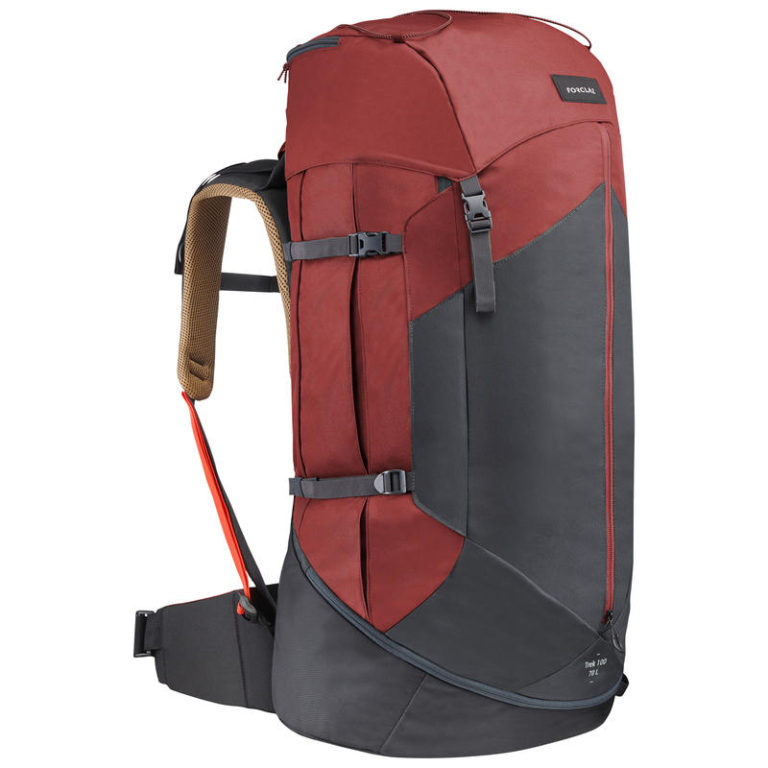
Backpack
During the trek, a backpack large enough to carry your personal belongings is needed: a warm jacket, a raincoat, a camera, sunscreen, snacks, water, etc. We suggest a backpack with compression straps to reduce the stress of weight on your back and side mesh pockets for quick access to your water bottle.
It is important that you carry a rain cover for your backpack, as you never know when it will rain in the mountains.
Clothing
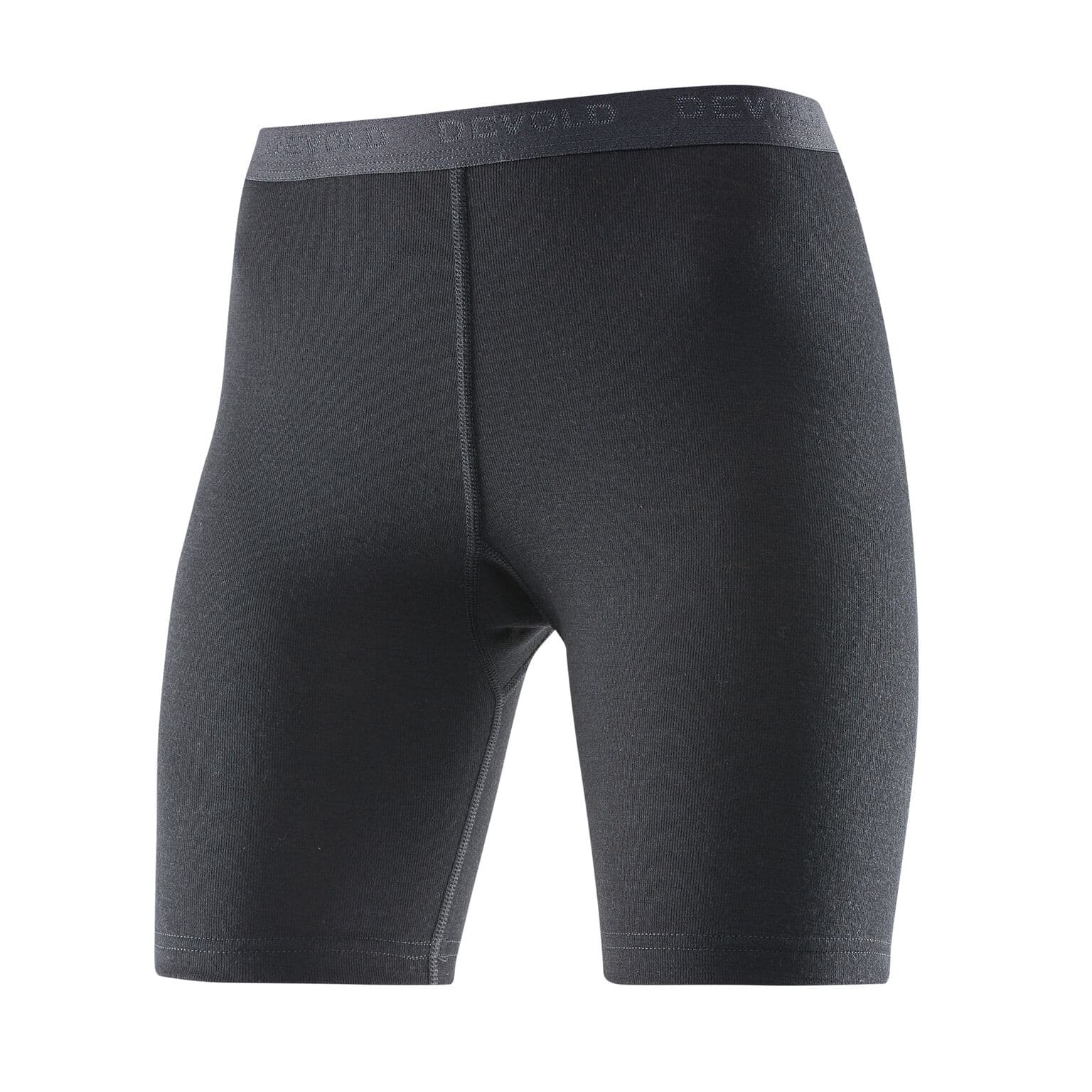
Underwears

Trekking shirts
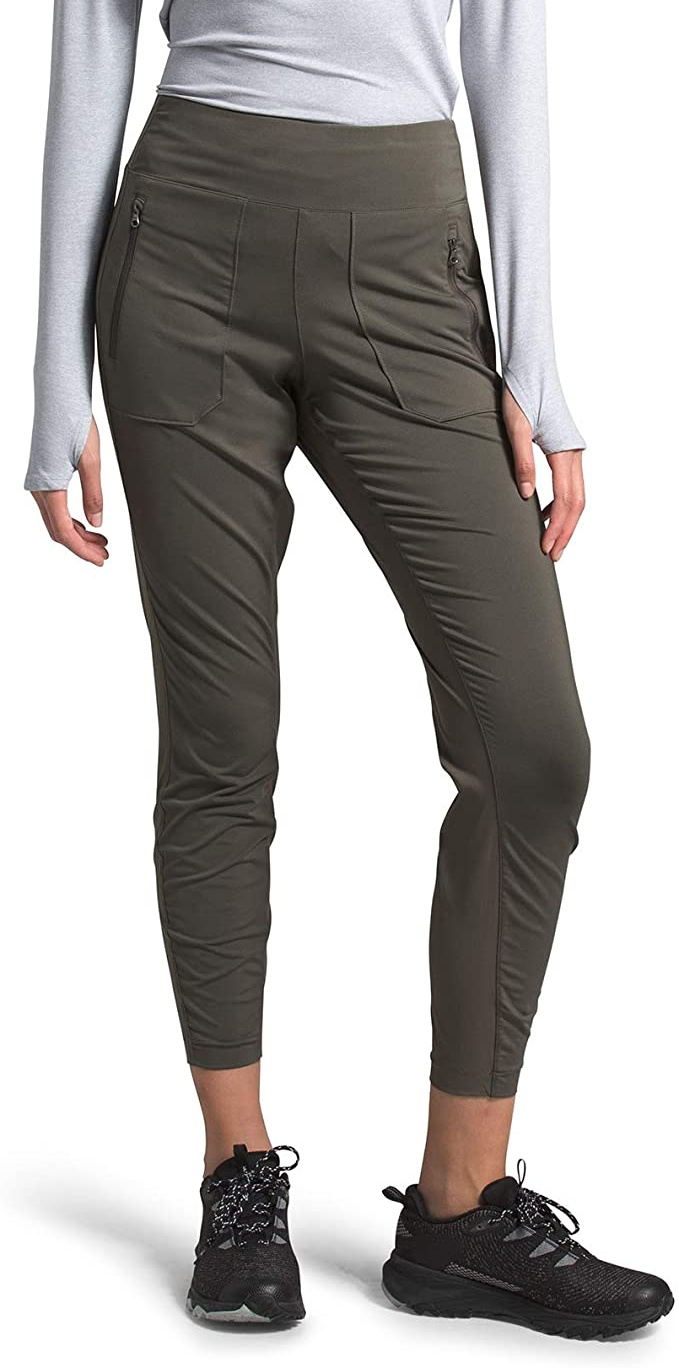
Trekking pants & Shorts
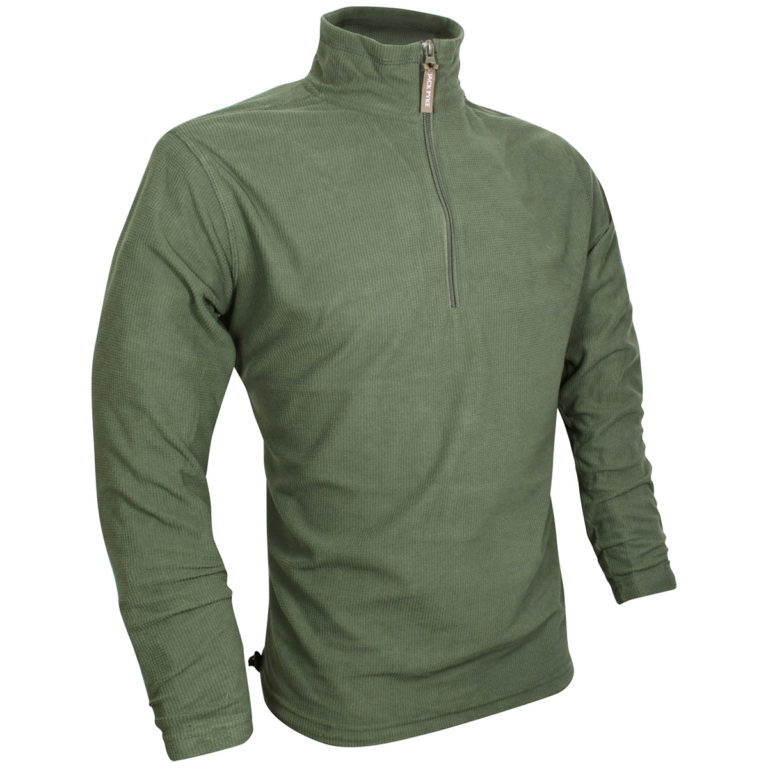
Lightweight fleece or jacket
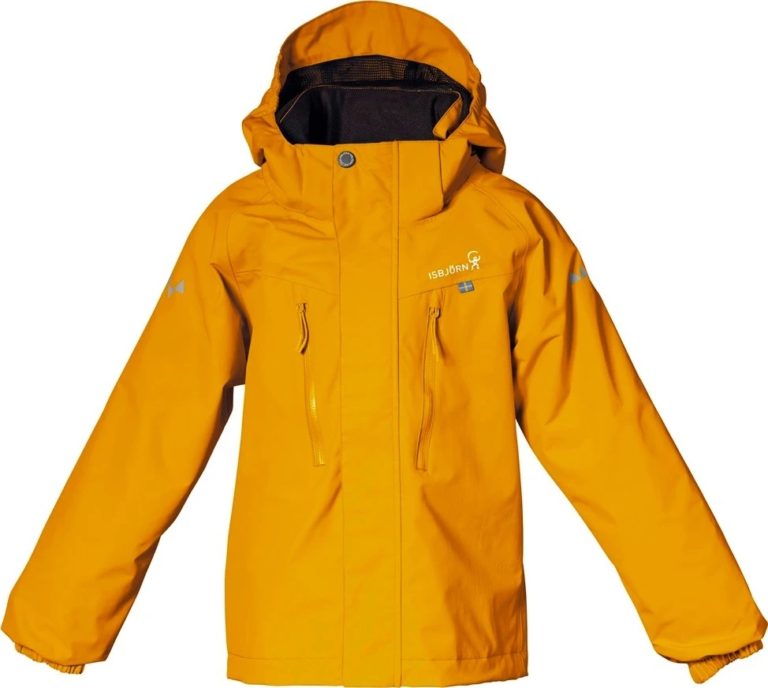
Hard shell jacket and rain gear
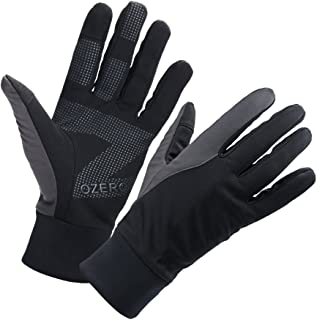
Gloves
Headgear
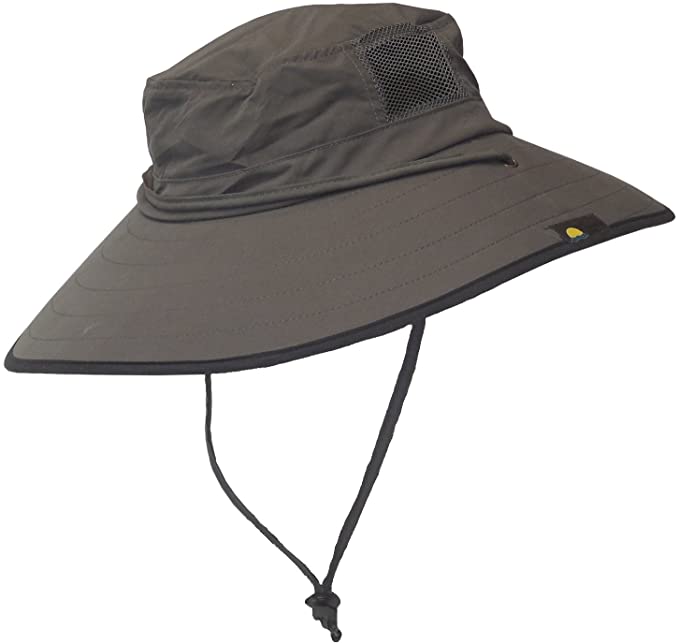
Hat sun for protecion
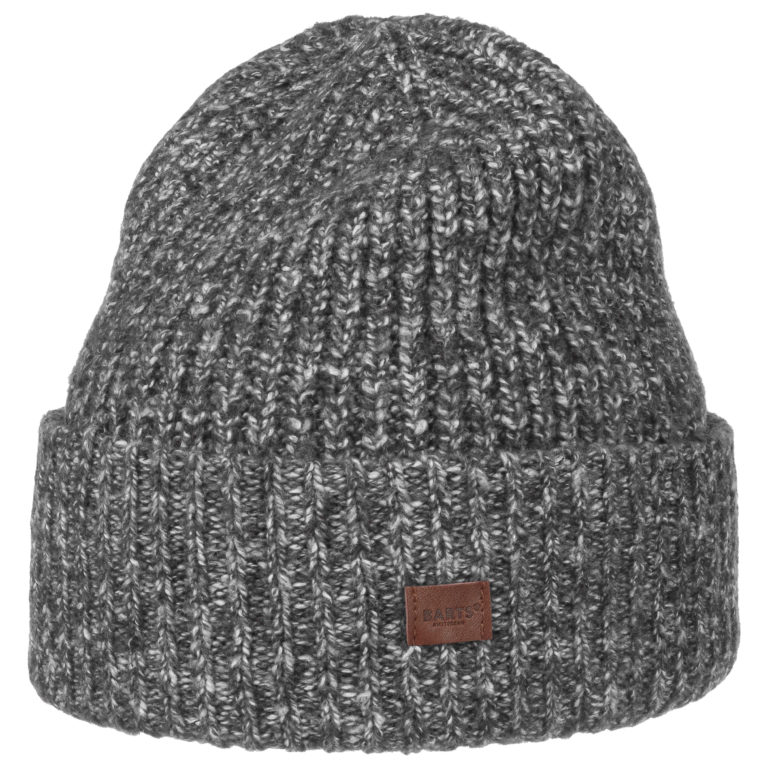
Headband or beanie
Temperatures can be very cold in the evenings and early mornings, particularly as you reach higher altitudes

Neck Gaiter or Balaclava
A neckband or balaclava that can keep your neck and face warm when temperatures drop below freezing is also a must.
Footwear

Hikking boots

Hiking Socks
Important Accessories

Sleeping bag
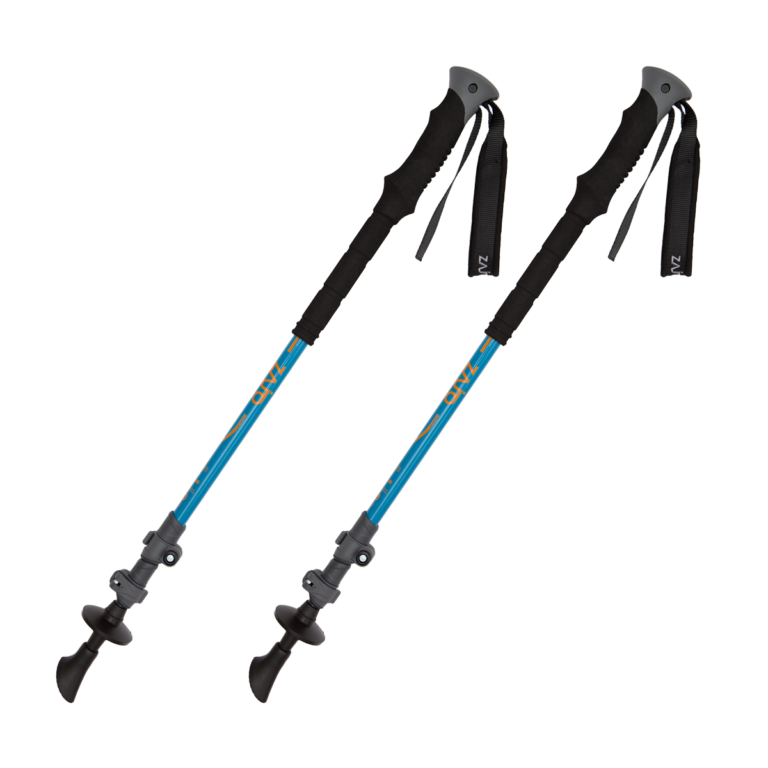
Trekking poles
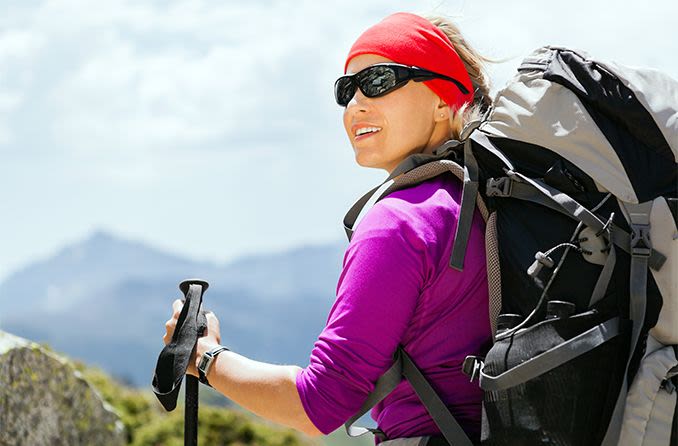
Sunglasses
The intensity of ultraviolet rays in Cusco, Peru, is very high due to the high altitude and the glare from the snow-capped mountain peaks. You must bring a pair of quality sunglasses with UV protection (minimum 80% light reduction).
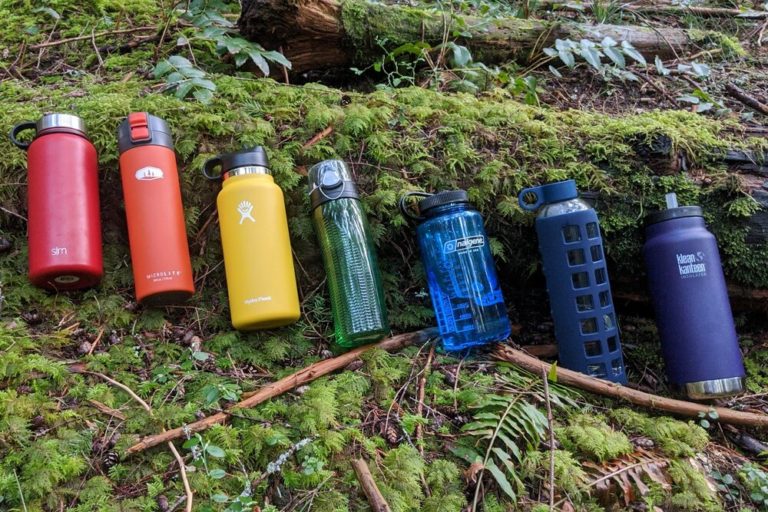
Water bottle
Creating Unforgettable Experiences in Peru

